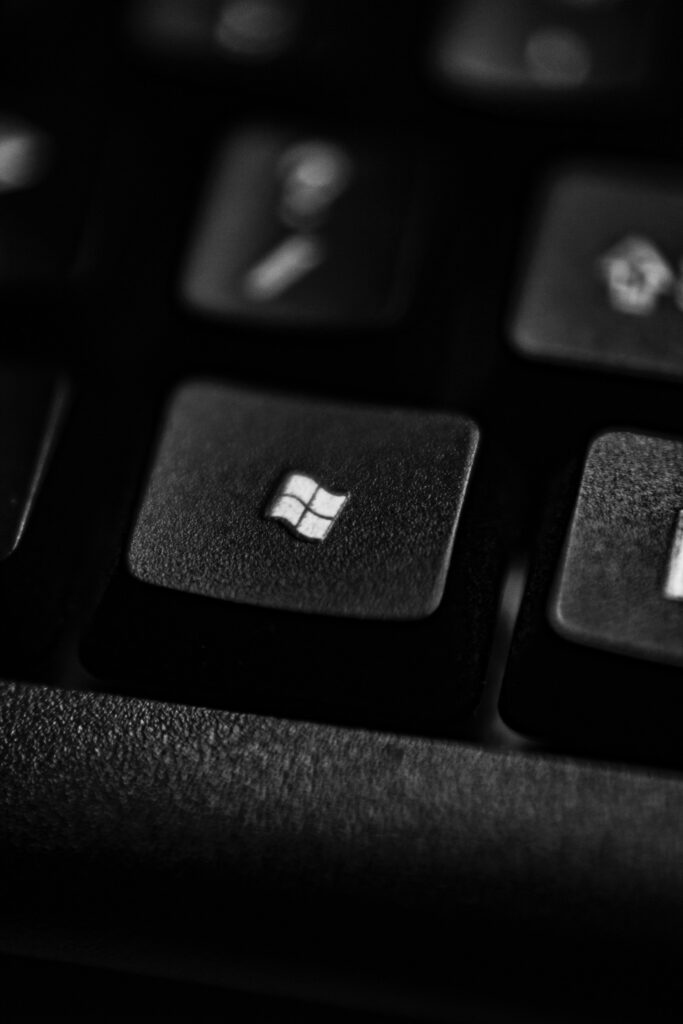KMS Activator for Desktops and Windows Servers is a convenient time-saving solution, streamlining system activation and management with Microsoft.
Key Management Service (KMS) Activator
Let me explain how it works.
Microsoft provides a method for activating the computers within your network without the need to directly contact Microsoft.
Here’s how it functions: You have desktop clients and servers within your network. In our case, we had a lab setup where not all the computers were in use simultaneously. We had approximately 150 virtual machines, but only 4 or 5 individuals were conducting tests at any given time. It wouldn’t be practical to purchase 150 licenses for all those virtual machines when we only had a limited number of users. Instead, we obtained user licenses based on the actual number of users we had.

To ensure the activation of all these systems, we introduce an intermediary component known as a Key Management Server or KMS.
The process involves acquiring a volume license for the specific software you intend to use from Microsoft. For servers, you typically need to purchase a minimum of five server licenses, while for desktops, you should have a minimum of 25 licenses.
Before the Key Management Server can function, it must establish its activation status with Microsoft through volume licensing. Once you obtain the appropriate key for your KMS, you need to apply it to the KMS and initiate the activation of the Key Management Server with Microsoft. This connection and activation process are crucial for seamless operation.
For more information, you can explore Microsoft KMS Volume Licensing.

We proceeded to activate the server with Microsoft KMS, ensuring that all our desktops are now activated.
However, it’s imperative to maintain the connection of these KMS-activated desktops and servers to the same network as the Key Management Server. This network connection is required every 180 days, which translates to a verification process occurring every 3 months to confirm network presence and key management server activity. Thus, the KMS server must remain active, and all connected computers should stay on the network.
Some users may have legacy Windows 7 virtual machines that they’ve transitioned to Windows 8 and now to Windows 10, using a server for testing purposes. In such cases, a VPN setup is necessary to ensure connectivity to the network. Over the VPN tunnel, they can activate their systems, provided they reconnect to the network at least once every three months.
Once this setup is established, certain actions can be taken when a system boots up. You can execute a script to enforce activation. It’s important to note that all the computers within your network use the same key. This key is universal and used by individuals worldwide.
The critical factor here is that the Key Management Server is actively connected to Microsoft, and these keys must reside on the same network. If you decide to relocate your KMS server, change the key to which your KMS points, or activate it on a different network, this can be done with the necessary configuration. Utilizing the License Manager VBS script allows you to set the KMS switch and key management server accordingly.
The KMS service is incredibly lightweight, occupying minimal server resources. It is often integrated with a domain controller or an email server, typically a domain controller, due to its efficiency and the ease with which it can be accessed. Placing it on a DNS server also makes sense for consistent accessibility.
If you’re interested in Windows 10 activation, consider checking out KMSPico. You can also explore the KMSPico Office 2016 activator for further options.
